Rare Rides: The 1927 Locomobile Model 90 Sportif, American East Coast Luxury

Today’s Rare Ride hails from a brand your author hadn’t heard of before this writing. A preeminent luxury car firm in its day, Locomobiles were built for power, longevity, and reliability.
Let’s check out a very rare 90 Sportif.
Locomobile Company of America was founded in 1899 as one of the earliest car manufacturers. Located in Watertown, Connecticut, the firm moved house and produced cars in nearby Bridgeport almost immediately thereafter. The founder of the company was John B. Walker, editor and publisher of Cosmopolitan magazine at the time. He purchased a car design from twin brothers by the last name of Stanley. Walker formed a partnership with paving contractor Amzi Barber to run Locomobile, but it was short-lived. Parting ways, Walker formed his own car company – Mobile Company of America – to build steam cars. It was out of business four years later. Barber moved Locomobile to Bridgeport and hired the twin brothers who’d created the Locomobile as his managers. Brothers Francis and Freelan Stanley were none too happy to continue working for Locomobile and started the Stanley Motor Carriage Company by 1902 to compete against the Locomobile they’d designed.
Initially a builder of affordable steam cars, Locomobile was committed to quality and precision manufacture in the days before Ford’s assembly line. The steam car idea never really took off and ended up fairly unreliable, so in 1903 Locomobile switched tack started to produce expensive luxury cars of internal combustion variety. Their first ICE car was the Touring Car of 1904, which had a base price of $2,000 (as opposed to $600 for their steam cars). They introduced an inline-six powered Model 48 in 1911, which proved the most popular car Locomobile ever offered.
The company continued to build expensive large cars which erred on the conservative side, powered by straight-six engines. The Locomobiles were considered among the best in the world for quality, which showed in their pricing. But expensive cars didn’t mean finances were healthy at Locomobile. The company’s value was quite low due to its financial situation, and in 1922 Locomobile was purchased by the ousted founder of General Motors, William Durant. His brand, Durant Motors, kept the Locomobile name intact for its most expensive cars as he aimed to take on Packard and Lincoln.
Durant allowed the 48 to continue as Locomobile’s main offering and added the new 8-66 Junior Eight in 1925, That car was more modern than the old 48, and had a straight-eight engine. It was also cheaper than the 48. The company’s final few years saw the single year 1926 Junior Six (the brand’s cheapest car) and the straight-six Model 90 which ran from 1926 to 1929. Locomobile offered another take on the straight-eight in the late Twenties, in the more expensive 8-70 which replaced the 8-66. Throughout the company’s history, it developed its cars entirely in-house and did not use parts or technology from other manufacturers.
But it was Great Depression times, and things were bad. Durant closed Locomobile in 1929, and folded itself by 1931, as William Durant didn’t find success in his second big car venture. He went on to open a bowling alley and restaurant in Flint, Michigan.
Today’s Model 90 is an excellent example of a touring phaeton. The dual split windshield is what makes it a Sportif, and is believed one of two in existence. In the past 93 years, it’s had three owners. Notably, its first owner was Russel Durant, son of William, who specially ordered the car and worked at Durant Motors. It sold recently for around $89,500.
[Images: Locomobile]

Interested in lots of cars and their various historical contexts. Started writing articles for TTAC in late 2016, when my first posts were QOTDs. From there I started a few new series like Rare Rides, Buy/Drive/Burn, Abandoned History, and most recently Rare Rides Icons. Operating from a home base in Cincinnati, Ohio, a relative auto journalist dead zone. Many of my articles are prompted by something I'll see on social media that sparks my interest and causes me to research. Finding articles and information from the early days of the internet and beyond that covers the little details lost to time: trim packages, color and wheel choices, interior fabrics. Beyond those, I'm fascinated by automotive industry experiments, both failures and successes. Lately I've taken an interest in AI, and generating "what if" type images for car models long dead. Reincarnating a modern Toyota Paseo, Lincoln Mark IX, or Isuzu Trooper through a text prompt is fun. Fun to post them on Twitter too, and watch people overreact. To that end, the social media I use most is Twitter, @CoreyLewis86. I also contribute pieces for Forbes Wheels and Forbes Home.
More by Corey Lewis
Latest Car Reviews
Read moreLatest Product Reviews
Read moreRecent Comments
- Norman Stansfield I'm training to be a mechanic, and have been told this or a Harley would be a good start.
- SilverHawk I watch out of loyalty to the sport even though it's often not as entertaining these days. But then, you have a race like Miami that gives us a driver's first win and my enthusiasm is refreshed. Congrats to Lando.
- Oberkanone Nope. No interest.
- SilverCoupe Tim, you don't always watch F1 as you don't want to lose sleep? But these races are great for putting one to sleep!I kid (sort of). I DVR them, I watch them, I fast forward a lot. It was great to see Lando win one, I've been a fan of McLaren since their heyday in CanAm in the late '60's.
- Cprescott The problem with this fable by the FTC is:(1) shipping of all kinds was hindered at ports because of COVID related issues;(2) The President shafted the Saudis by insulting them with a fist bump that torqued them off to no end;(3) Saudis announced unilateral production cuts repeatedly during this President's tenure even as he begged to get them to produce more;(4) We were told that we had record domestic production so that would have lowered prices due to increased supply(5) The President emptied the strategic petroleum reserve to the lowest point since the 1980's due to number 3 and then sold much of that to China.We have repeatedly been told that documents and emails are Russian disinformation so why now are we to believe this?



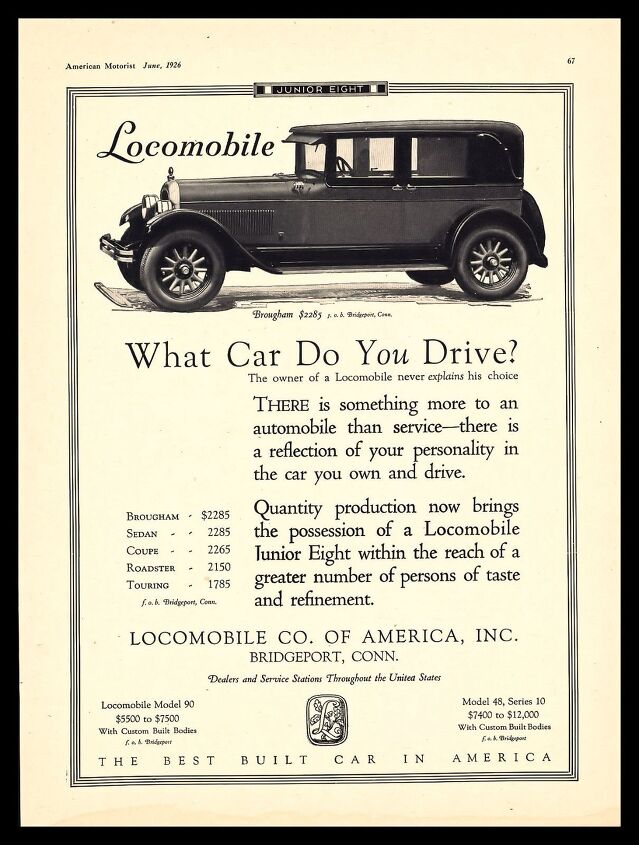













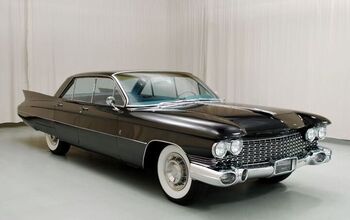

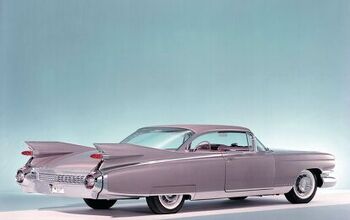
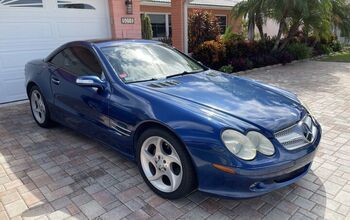
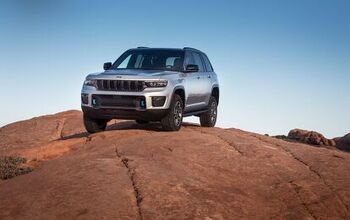


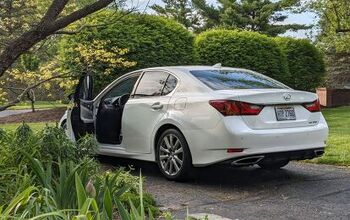

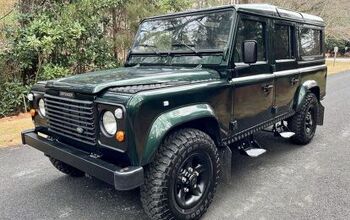
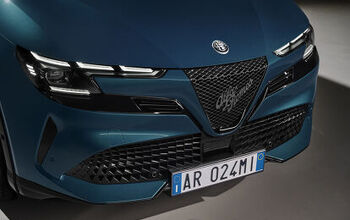

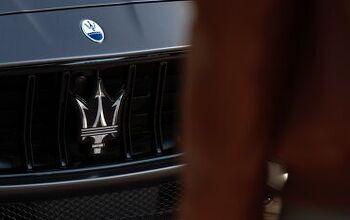

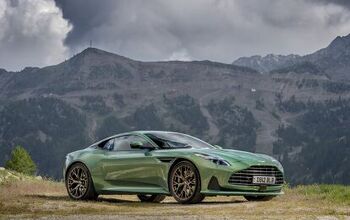

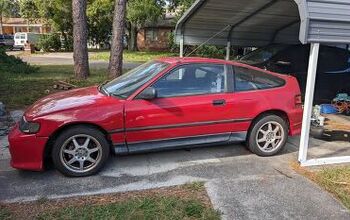
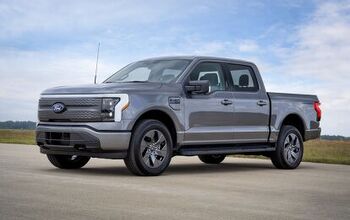
Comments
Join the conversation
Walter Chrysler on the 1908 Chicago Automobile Show: "That is where it happened. I saw this Locomobile touring car; it was painted ivory white and the cushions and trim were red. The top was khaki, supported on wood bows. Straps ran from that top to anchorages on either side of the hood. On the running board there was a handsome tool box that my fingers itched to open. Beside it was a tank of gas to feed the head lamps; just behind the hood on either side of the cowling was an oil lamp, shaped quite like those on horse drawn carriages. I spent four days hanging around the show, held by that automobile as by a siren’s song."
Good ol’ Walter didn’t require that nonsense of knowing how to drive a vehicle before purchasing one. All he had was a bottomless amount of love for those machines.